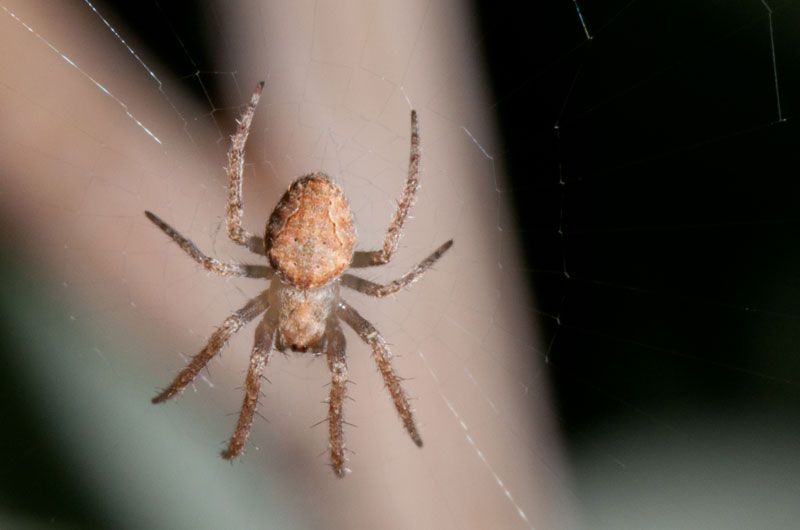


However, by summation in space and time, the spiders can rescue enough vision to detect coarse landscape structures. Under starlit conditions, the raw spatial and temporal resolution of the eyes is insufficient for detecting any visual information on structures in the landscape, and bright stars would be the only objects visible to the spiders. Theoretical calculations of photon catches showed that the eyes are likely to employ a combination of spatial and temporal pooling in order to function at night. Electroretinogram recordings indicate that each eye type contains a single photopigment with sensitivity peaking at ∼525 nm in the posterior and anteriomedian eyes, and at ∼540 nm in the anteriolateral eyes. The visual fields of the principal eyes overlap almost completely with those of the anterior lateral eyes.
NOCTURNAL SPIDERS FULL
Measurement of the eyes' visual fields showed that the secondary eyes combined have a near full (panoramic) view of the surroundings.

After excluding two or three pairs of eyes, the spiders were found to be able to navigate successfully using only their lateral eyes or only their anterior median eyes. Vision, therefore, seems to play a key role in the nocturnal navigational performances of L. By disabling all or pairs of the spiders' eight eyes we found that homing ability was severely reduced when vision was fully abolished. At night the Namib Desert spider Leucorchestris arenicola performs long-distance homing across its sand dune habitat.


 0 kommentar(er)
0 kommentar(er)
